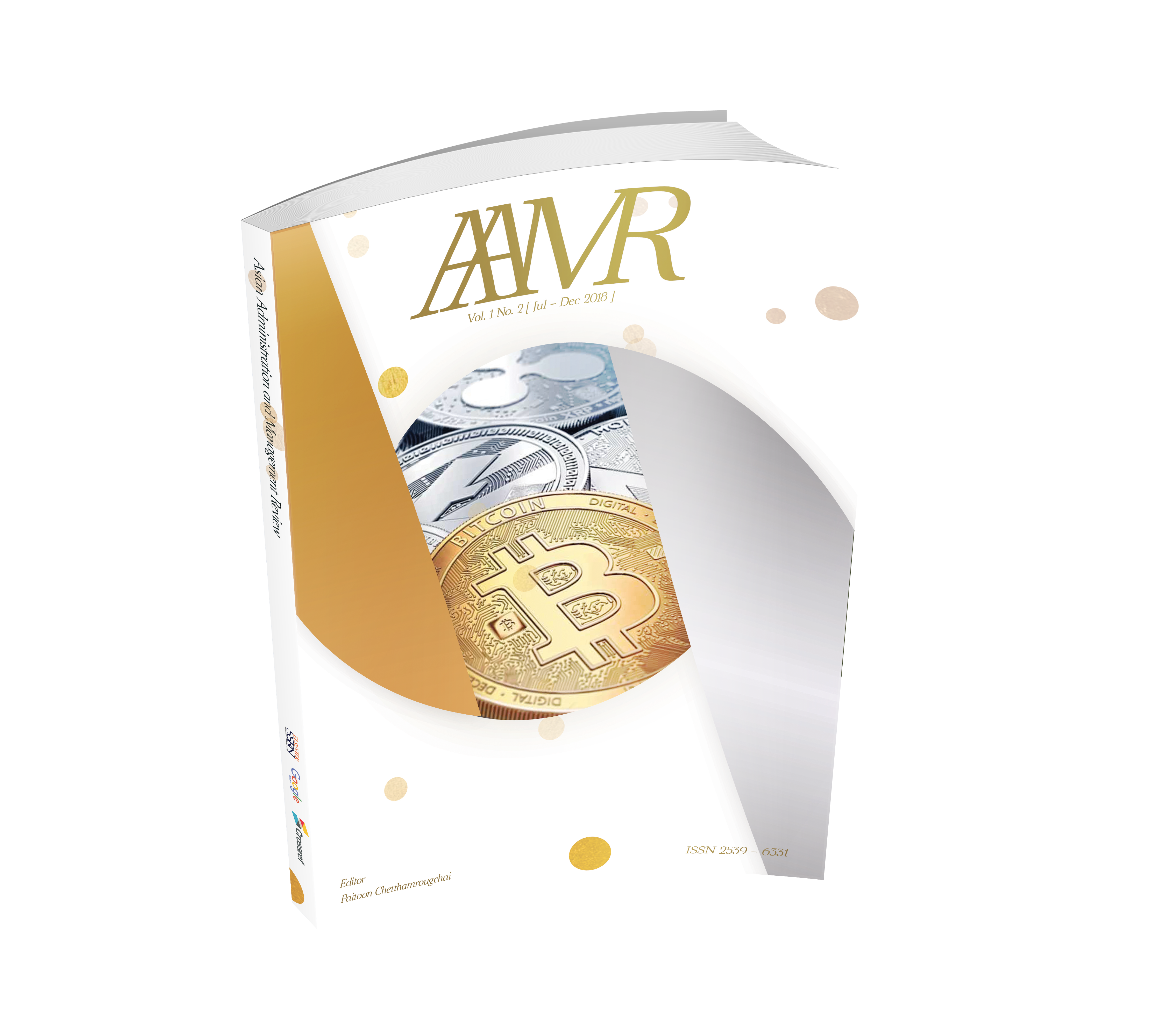Research and Development on the Process of Goodwill Creation for Rajabhat University Students
Keywords:
Research and Development, Value Creation Process, Goodwill, Rajabhat University StudentsAbstract
The objective of this research is to study 1) the process of goodwill creation and 2) the factors related to the goodwill creation. The population and sample group consists of 450 persons using simple random sampling. The research tool is the questionnaire with quality measurement and confidence = .681. The used statistics are descriptive statistics, inferential statistics, and multiple regression analysis. The results of the research are: 1) The process of goodwill creation is wholly at the high level. When considering each aspect, the level is high in all aspects in the order from the most to the least; in responsible acting, in being honest, in having public mind, in social justice, and in social fairness, respectively. 2) Factors affecting the process of creating good values including having public mind, sufficiency being, social justice, and responsible acting. The power of forecast is 95.20 percent. 3) For the results of the process of goodwill creation, it is found that the process must start from self-creation in having the good consciousness to be interested in learning and guiding principles of moral ethics to use in life without being negligent, being ready to listen to the reasons, adapting and improving oneself. The process is created by individuals or external agencies, including families, teachers, educators, academicians, monks, and seniors in the society. This is a good example in giving love, warmth, correct advice on what is right.
Downloads












.png)


